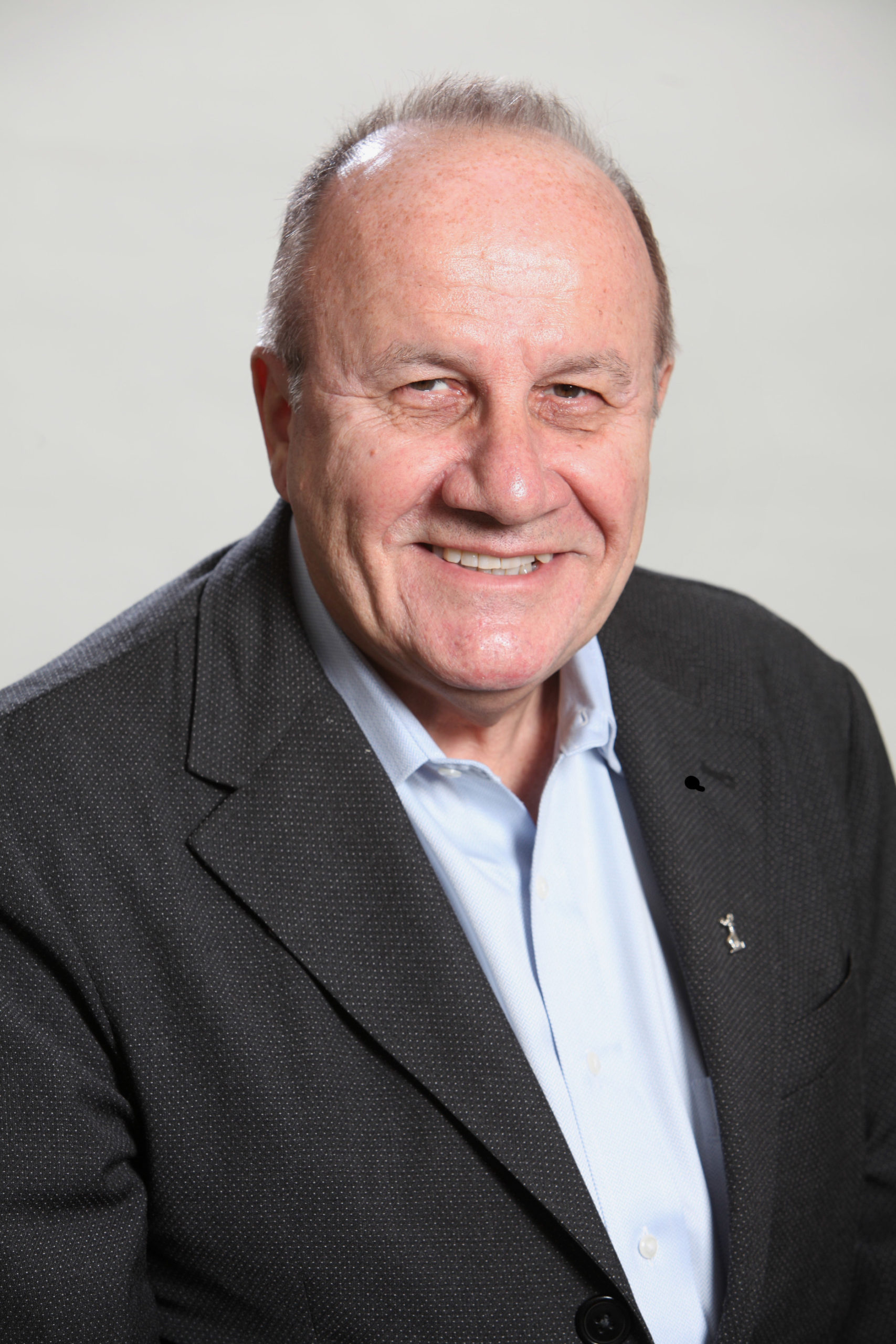Remember opioids? They’ve been overshadowed recently by Covid-19, but the CDC found that opioids were involved in 46,802 overdose deaths in 2018 [1] - a very slight improvement over 2017’s 47,600 deaths.
Truth is, we have begun to make genuine progress on the opioid front. Some states have drawn legislation or regulations that better control physicians’ freedom to prescribe. Learned bodies, including the American College of Physicians, the Joint Commission and Health and Human Services have issued guidelines for opioid prescriptions and management. But we are nonetheless still at the beginning of the turnaround: preliminary results indicate roughly the same number of deaths in 2019 as in 2018. Opioid overdoses continue to be a major health problem.
To better understand the appeal of opioids, one must consider the root cause, which is chronic pain. Chronic pain is different from acute pain, both in its physiological basis and in that it is strongly embedded in behavioral / psychological correlates (including depression, anxiety, fatigue, sleep problems, cognitive impairment, etc.) The National Academy of Medicine estimates that over 100 million people suffer from chronic pain in the U.S. These patients naturally ask for relief, and physicians (who do not like to see their patients suffer) feel duty-bound to provide them with medications to help them deal with their pain. And so, a comprehensive approach to the opioid epidemic requires more than that doctors prescribe more judiciously: patients must be given effective alternative options to deal with their pain.
Are there such alternatives? Emphatically, YES! Indeed, in a comprehensive report based on randomized controlled trials, the American College of Physicians[2] specifically admonished physicians with chronic pain patients For patients with chronic low back pain, clinicians and patients should initially select nonpharmacologic treatment with exercise, multidisciplinary rehabilitation, acupuncture, mindfulness-based stress reduction (moderate-quality evidence), tai chi, yoga, motor control exercise, progressive relaxation, electromyography biofeedback, low-level laser therapy, operant therapy, cognitive behavioral therapy, or spinal manipulationto follow a multi-disciplinary approach and to “initially select non-pharmacologic treatment with exercise, … acupuncture, mindfulness-based stress reduction, tai chi, yoga, … progressive relaxation, EMG biofeedback, low-level laser therapy, … cognitive behavioral therapy, or spinal manipulation.” Should these prove insufficiently effective, pain relievers with less addictive properties, such as NSAIDs, were recommended. Opioids were to be considered only as a last resort.For patients with chronic low back pain, clinicians and patients should initially select nonpharmacologic treatment with exercise, multidisciplinary rehabilitation, acupuncture, mindfulness-based stress reduction (moderate-quality evidence), tai chi, yoga, motor control exercise, progressive relaxation, electromyography biofeedback, low-level laser therapy, operant therapy, cognitive behavioral therapy, or spinal manipulation
Following these recommendations requires looking to health professionals beyond traditional medical providers and also policies that allow for payment of treatment with these modalities. Many of these modalities (and their providers) were once considered experimental or even “fringy”, but the American College of Physicians’ report makes clear the extent to which these should now be considered mainstream. Insurance coverage does remain a challenge in many cases. But with the aggregate cost of the opioid crisis estimated at $2.5 billion between 2015 and 2018 by the Council of Economic Advisers,[3] covering these modalities would seem an investment well worth making.

By: Dr. Michael Lacroix, Ph.D.
Medical Director, The Hartford
Dr. Michael Lacroix is Medical Director with The Hartford. He is a licensed psychologist in Florida. He has worked in the overlapping areas of Disability and Workers' Compensation for the last 30 years, in a variety or clinical, management, program development, and consulting roles. Prior to joining the corporate world (Concentra, then Coventry, then Aetna, and now The Hartford) Dr. Lacroix held academic appointments, he developed a large clinical practice focused on assessment, treatment, and rehabilitation of injured and disabled workers, and he also carried out grant-supported research over many years, resulting in over 100 peer-reviewed publications and papers. He is a frequent contributor at industry conferences, including PRIMA. He currently resides in Sarasota, FL.




